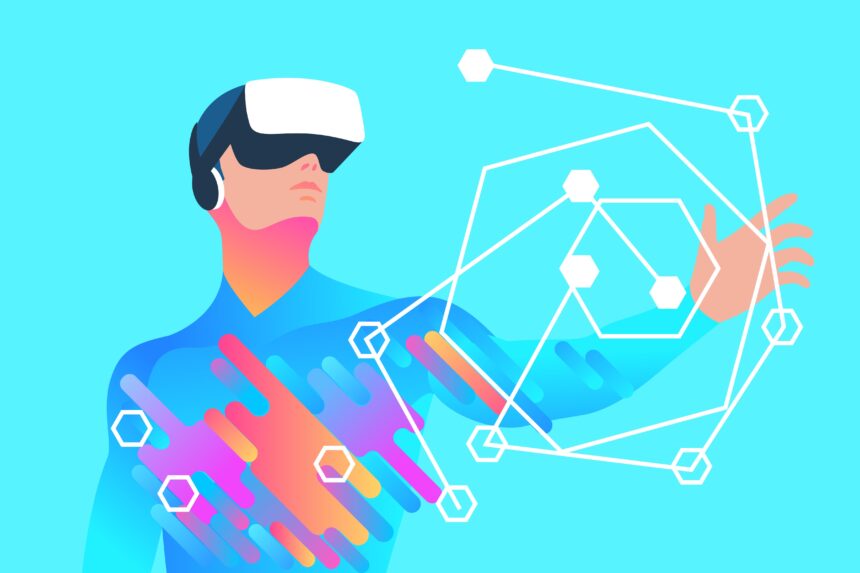According to some experts, the origins of virtual reality can be traced back to the 1950s, although the first virtual reality display wasn’t invented until 1968. The field has obviously evolved over the past half of a century. However, it is changing more rapidly than ever before. Some of the biggest reasons for the sudden evolution are the recent milestones in the combination of virtual reality and machine learning.
Last December, Emory Craig, a well-known technology evangelist, writer, and speaker on machine learning, wrote a Quora post that stated that the role this technology will play is going to be even more significant in the very near future. Craig argued that deep learning could be a tremendous game changer for virtual reality by 2020. In the meantime, machine learning and artificial intelligence are already impacting the field in spectacular ways.
Craig provided a very helpful synopsis on the subject. Jack Clover, a computer vision and NLP expert for Logikk, delved deeper into the relationship between machine learning, artificial intelligence and virtual reality in a recent post on LinkedIn.
Clover points out that at its core, artificial intelligence is a term that describes an algorithm that pulls from its own knowledge base to deliver outputs that have a tangible impact on human users. With this concept in mind, it is easy to understand the relevance of machine learning to the field.
The connection to virtual reality becomes clearer when you consider the growing importance that artificial intelligence has on it. Clover points out that a simple headset that displays digital images doesn’t require any form of artificial intelligence. However, virtual reality does depend on highly sophisticated AI algorithms to emulate reality.
VIOND has highlighted a number of ways that machine learning is changing the field. Here are a few of the biggest.
Hand and eye tracking
Most of the discussions I have seen about improvements in virtual reality focus on the ability of the simulation to replicate the environment that users immerse themselves in. However, the simulation’s ability to track the movement of its users is just as important.
Deep learning is becoming more adept at understanding the millions of possible poses that people can make with their hands. It is also able to track patterns of human eyes with greater precision than ever before.
By better understanding the mechanics of human inputs, virtual reality applications will have a better understanding of their intent. While developing better ergonomic controllers is helpful for reaching this goal, machine learning is proving to be even more effective.
Detailed environmental mapping
Virtual reality can better simulate an environment by replicating one that is already in existence. They can use external structure sensors with an AI system to create a mixed reality experience for their users.
Many of these applications depend on fledgling systems. The systems are already being used to simulate experience in their own users’ homes. They can identify the positions of furniture and construct a virtual model of every room with exceptional spatial detail.
The applications for this are limitless. One person could use a virtual reality set to navigate an area to construct a virtual map. This could be used to help other people familiarize themselves with the environment. It could be incredibly useful for helping blind people understand the obstacles they may encounter while navigating a new environment.
Incorporate voice commands into training simulations
Voice commands can also be very useful in training simulations. The virtual reality simulation can keep track of voices for people in a field of view, which will help provide better information for training exercises. They can use the verbal information that people using the simulation provide to better understand warnings, which will be relayed to soldiers that use the simulation for training purposes. They can also receive recommendations for the types of problems they encounter.
Machine learning is transforming virtual reality
Virtual reality has become far more advanced since its inception. Machine learning is playing a very important role in its progression. What will AI bring next to the future of virtual reality?

